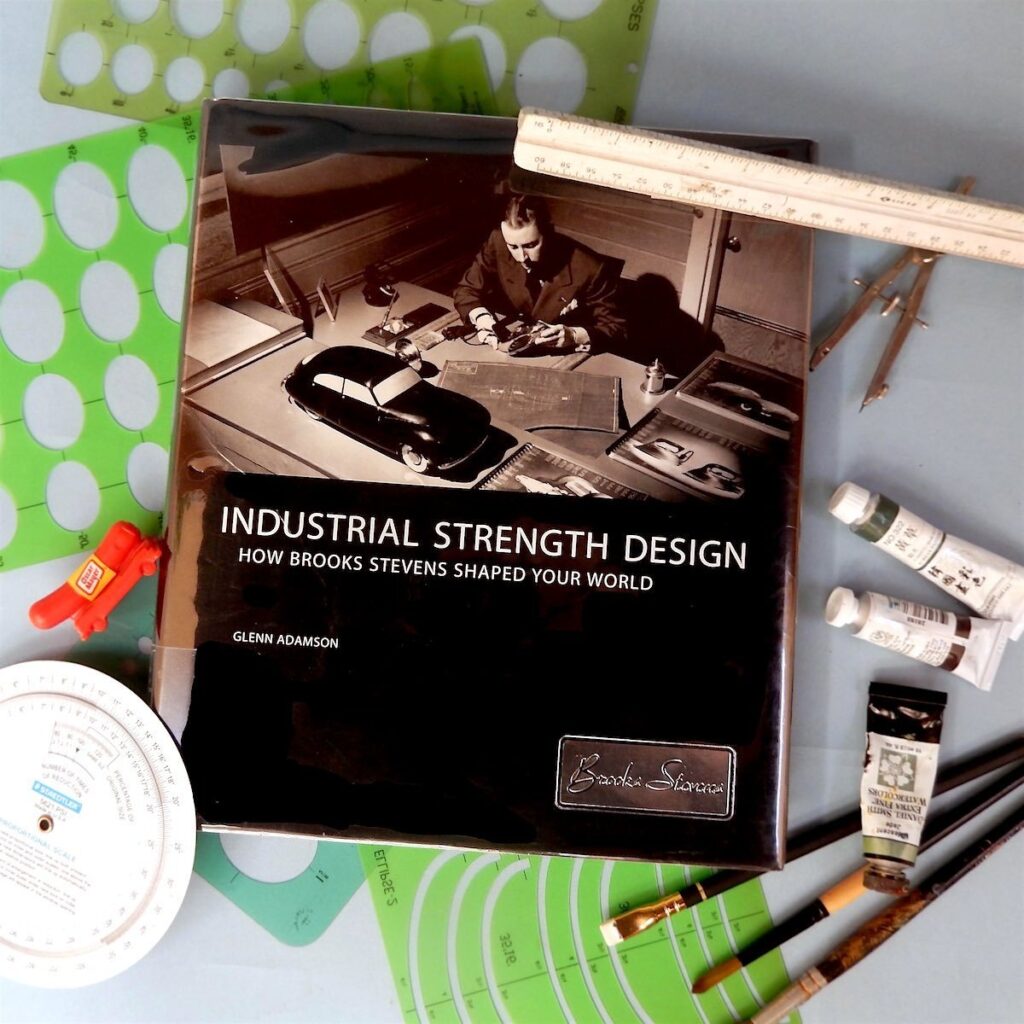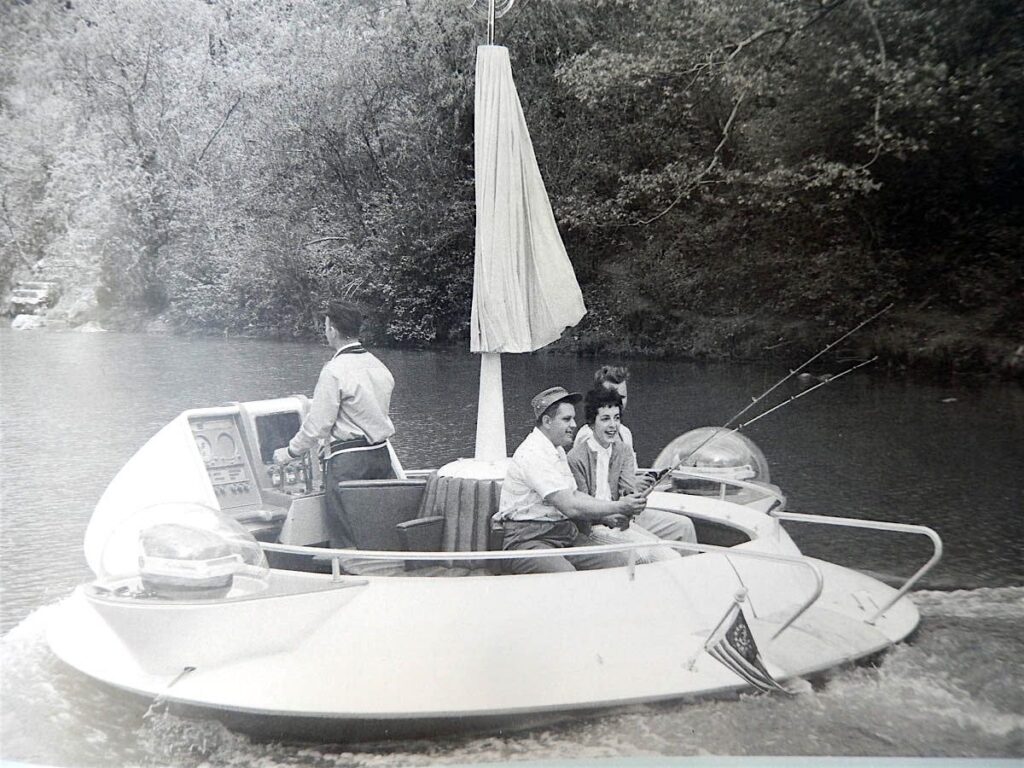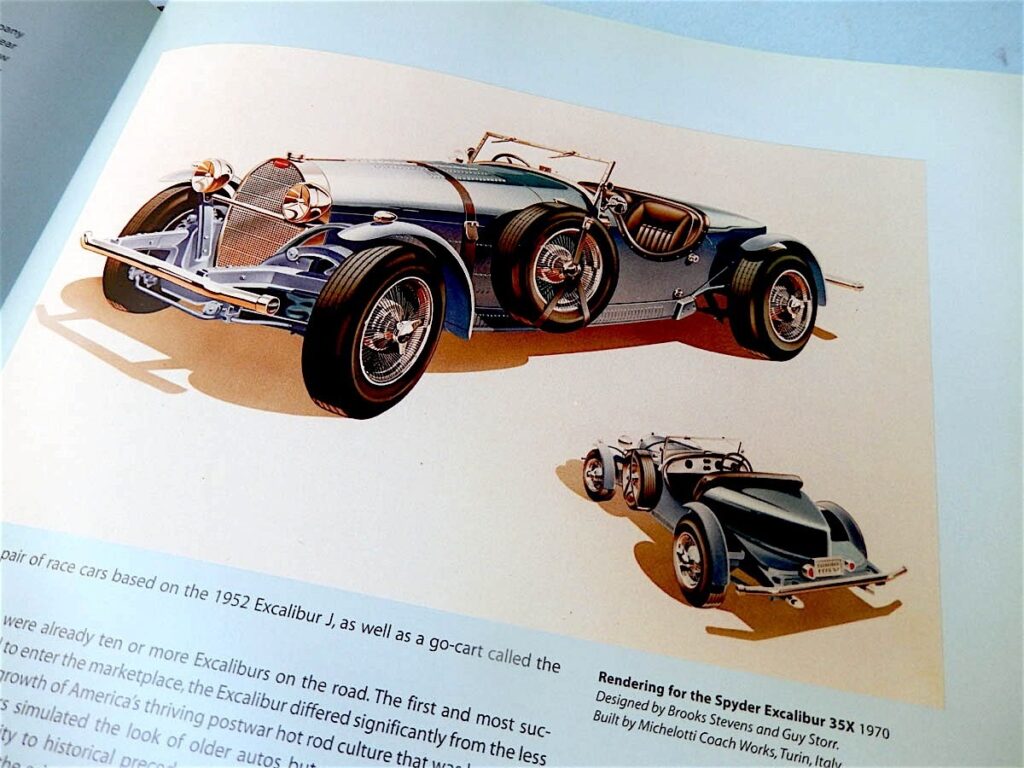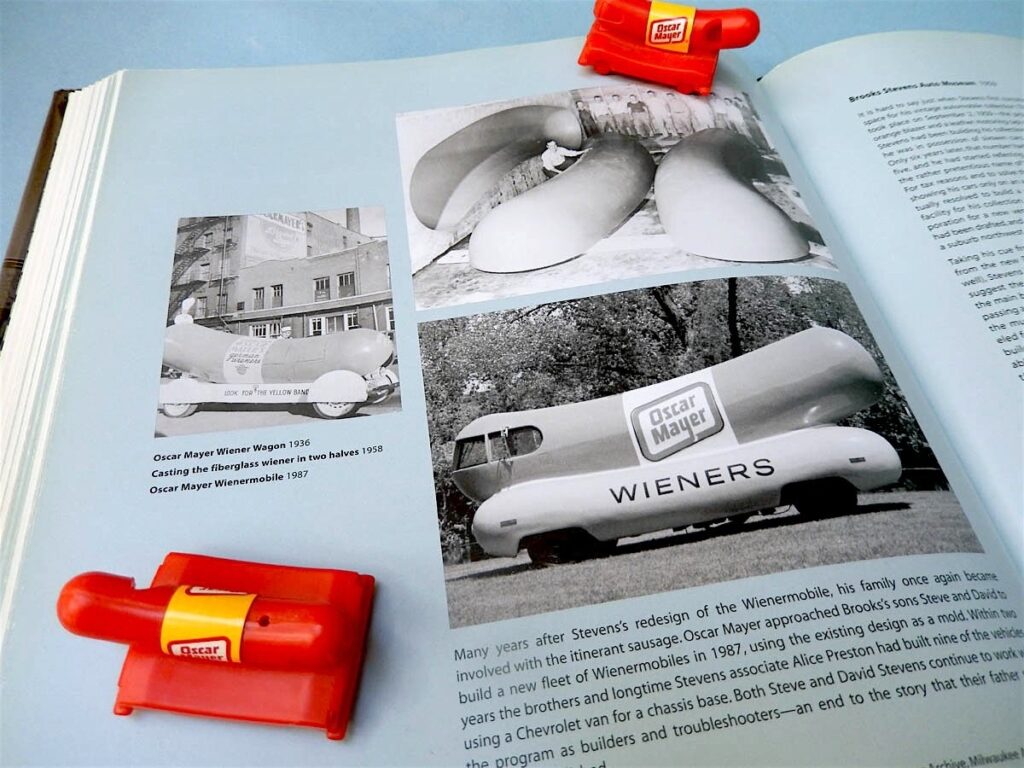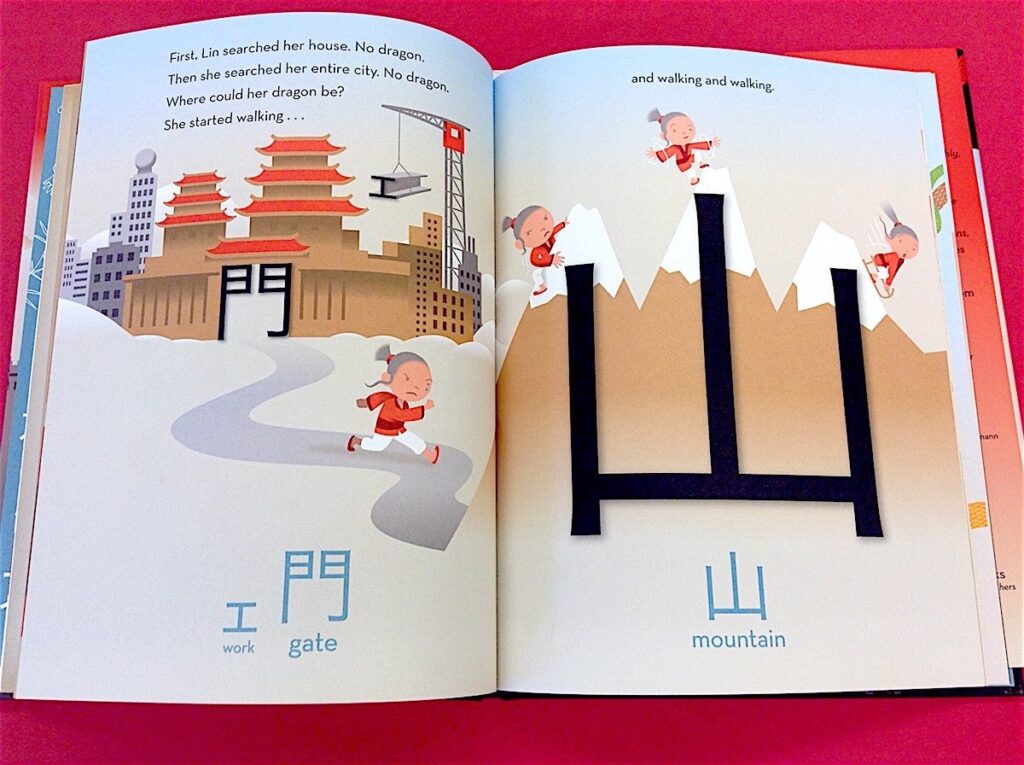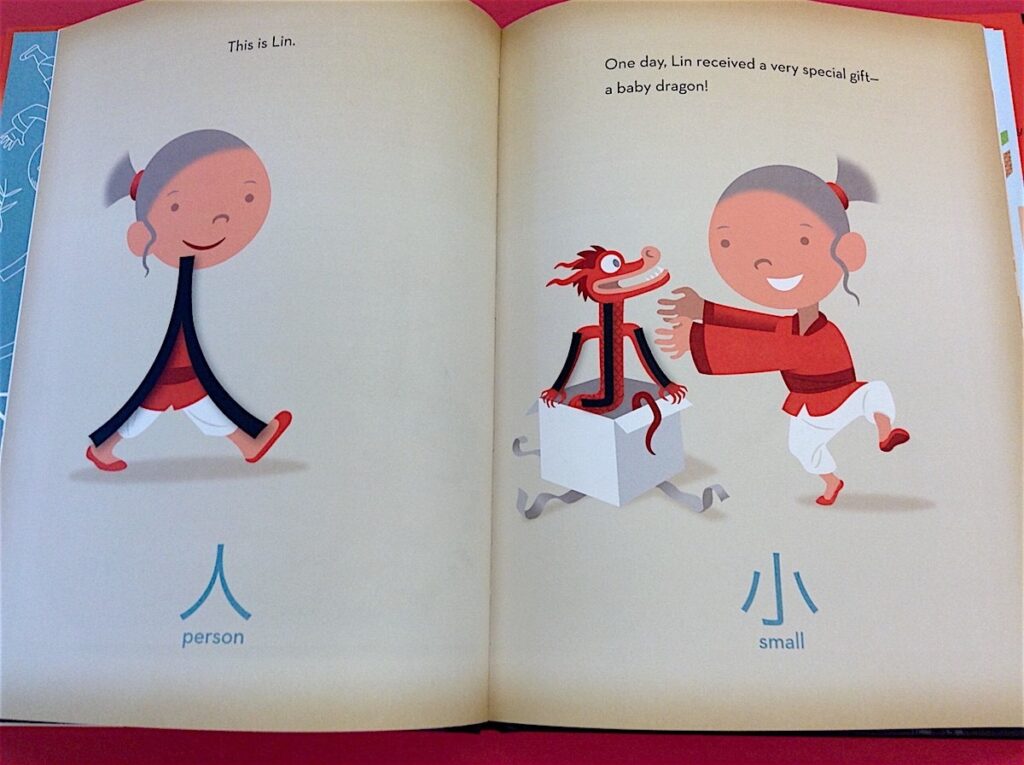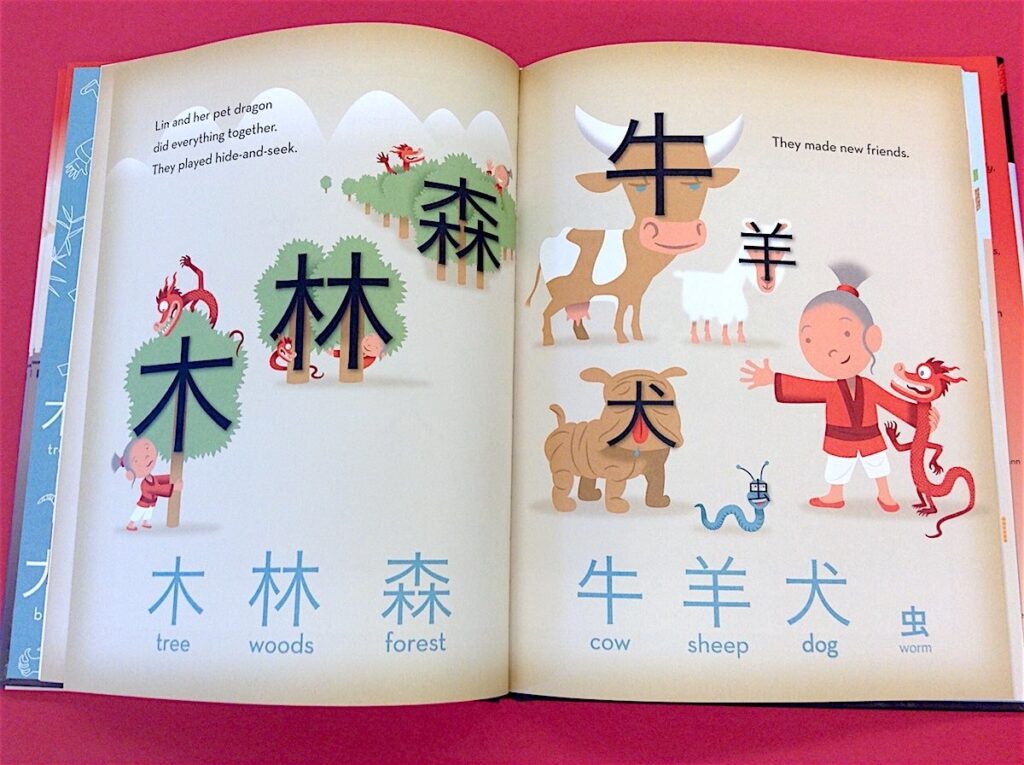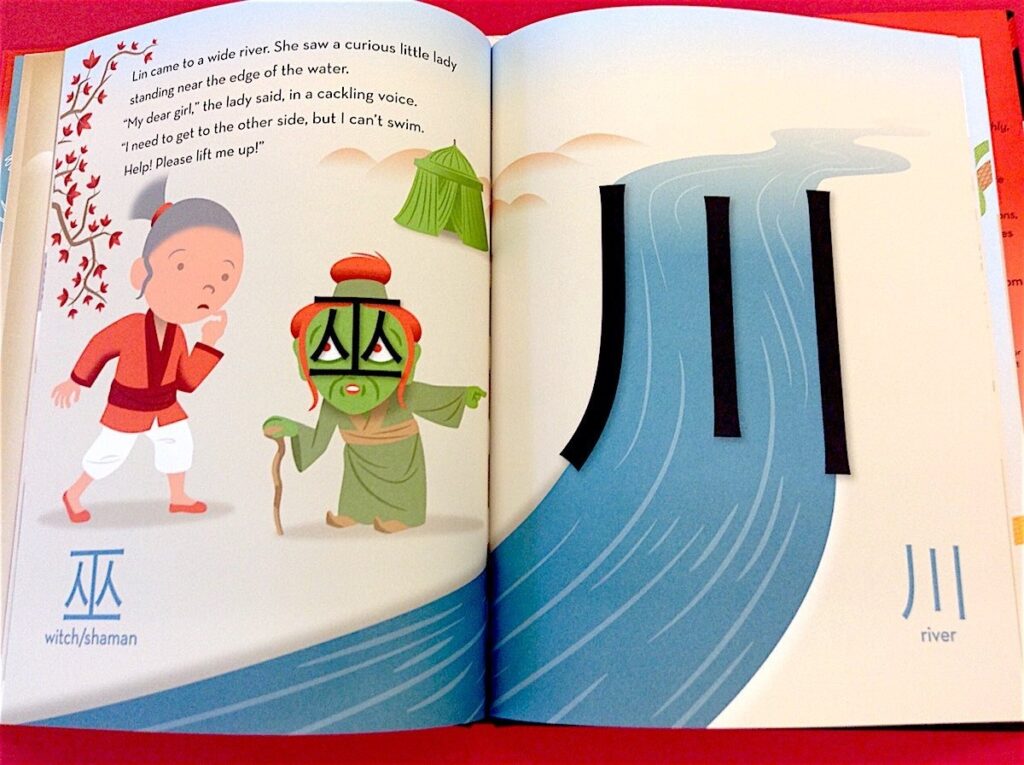Salgflojt
Willow flute
Apart from a drum, it’s hard to imagine a simpler musical instrument than the willow flute: it’s a straight tube with a mouthpiece at one end and no toneholes. But far from being a limited toy, the willow flutes developed in Scandinavia (known as the salgflojt in Sweden, the seljefloyte in Norway, and the pitkahuilu in Finland; willow flutes are also traditional in Russia and several other countries) are capable of playing complex melodies over a multi-octave range. It’s all done through harmonics, breath control, and the judicious use of the index finger to cover the end hole.
I grew up in the U.S. trying to make simple one-note willow whistles, cut from pussy willow branches in early spring, and I read books that described how to make a more elaborate slide willow whistle that works like a trombone. The salgflojt is nothing like either of these, and when I first heard one in the hands of a virtuoso player I was awestruck that such complex music could be made from a simple tube.
If you blow as softly as possible into the mouthpiece of a salgflojt, you produce a tone. Blow a little harder and you get a note that’s approximately a fifth above the first one; blow harder still and you’ll get a note that’s an octave above the first, and so on. If you close the end-hole with your index finger, you’ll get a new scale whose notes fall in between those produced by the flute when the end of the tube is left open.
The scale produced by these overtones is not like the standard Western tempered scale; it’s a natural harmonic scale and will sound “Eastern”; and exotic to American ears. Because you have two scales available, you can play intricate melodies through breath control and by using the index finger to cover the end hole for certain notes.
True willow flutes are temporary instruments, drying out and cracking after a few days or weeks of use, so modern versions are generally made of plastic, often with wooden mouthpieces. It’s easy to make one yourself, although all the instructions I’ve been able to find online are for the smaller one-note version. A number of retailers (mostly in Scandinavia) sell them. Fredman’s Music, in Sweden, also sells the best instruction book available on the salgflojt, Spela Salgflojt, by Jean-Pierre Yvert. Written in English and Swedish, this book explains the scales, introduces you to the blowing and fingering technique, provides music and tablature for a number of melodies, and includes a CD of the exercises and tunes. Yvert also makes flutes and is an excellent player.
I’ve been playing traditional Irish music on the wooden flute for about 25 years, but have long been a fan of traditional Swedish music. The process of learning the salgflojt is very different from that of a standard flute — it’s easier in one sense because you simply blow right into the mouth-hole to produce a sound, but it’s harder in the sense that you have to develop very precise breath control to get the notes you want. You can teach yourself the basics by spending time with the instrument and experimenting with what happens when you blow harder and softer, covering the end hole or leaving it open.
03/25/10Spela Salgflojt, by Jean-Pierre Yvert (in English and Swedish) $21 Available from Fredman's Music (the website is in Swedish only, but phone orders are also an option: 0151-124 10) Salgflojt and Seljefloyte about $85 for a standard model pitched in D, wrapped with birch bark Available from Naturinstrumenter Also available from Fredman's Music (in Swedish only)






